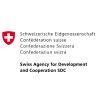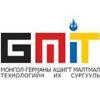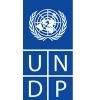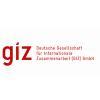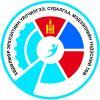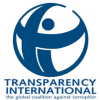
International Finance Corporation (IFC) has been engaging the mining sector in the South Gobi region, with the overall goal of improving mining companies' water management and stakeholder engagement practices. This was demonstrated through Mining and Water Management in the South Gobi and Water Monitoring Modules since 2014 which was developed by the Sustainable East Asia LLC (SEA).
In 2018, IRIM has been implemented Monitoring and Evaluation (M&E) study on these training modules. The overall study objective was to assess measure and record changes in knowledge, practices, and behaviors in training participants. We involved 996 respondents in the survey from 15 soums in Umnugobi province. The evaluation method was in the absence of a baseline study, it used to measure changes between control (non-trainee) and target group (trained). Moreover, in exploring practical changes, good practices and cases we conducted 39 key informant interviews from the field.
As a result of data analysis, the project team developed the following conclusions:
Relevance: The ‘Groundwater Management and Monitoring’ training module was relevant and matched with the needs identified in Public Perception Survey on Water in Umnugobi in 2013. Even today the training topics are valid for improving water management practices by community residents, mining companies and government authorities.
Effectiveness: Overall, the training resulted in the positive behavior changes among all three stakeholders. It was evident when comparing ‘target’ and ‘control’ groups, that there was increased knowledge and awareness among the ‘target’ population. However, the degree of effective adoption was different between the groups. The highest level of behavior changes occurred among the mining stakeholders; followed by community members that exhibited slightly higher positive changes than local government stakeholders.
The four levels of adoptions were used to assess, measure and record changes in knowledge, practices and behaviors and it showed the following result on each level.
Level 1. People who had participated in the training were generally more knowledgeable than those who had not; and those who were already more knowledgeable gained even more from the training (with mining staff gaining a 24.1 percentage point increase, in contrast to just 11.5 among members of the public).
Level 2. ‘Assessment of Water Risks and Management Opportunity’ was assessed by six indicators, and of which five indicators (83.0%) were improved. ‘Target’ groups had, for example, requested meetings with relevant stakeholders (regarding their assessed water risks); more than 29 percentage points greater that those among the ‘control’ group. It was observed that members of the Community still had reduced levels of trust - in information from the mining companies – as they did in the Perception Survey conducted in 2013.
Level 3. ‘Respond to Risk’ was assessed by eight indicators, of which five (62.5%) were improved and three (37.5%) showed no change. For community members, motivation (to respond) prompted by the training was reinforced by their developing needs for water. For example, herders were more active responders and were involved in water management activities, because water needs were especially important for their livelihoods.
Level 4. 'Sustainability of Water Management Programs' was assessed by eleven indicators, of which seven (63.0%) were improved and four (37.0%) unchanged.
.png)

.png)
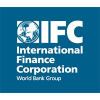
.png)
.png)
.jpg)


